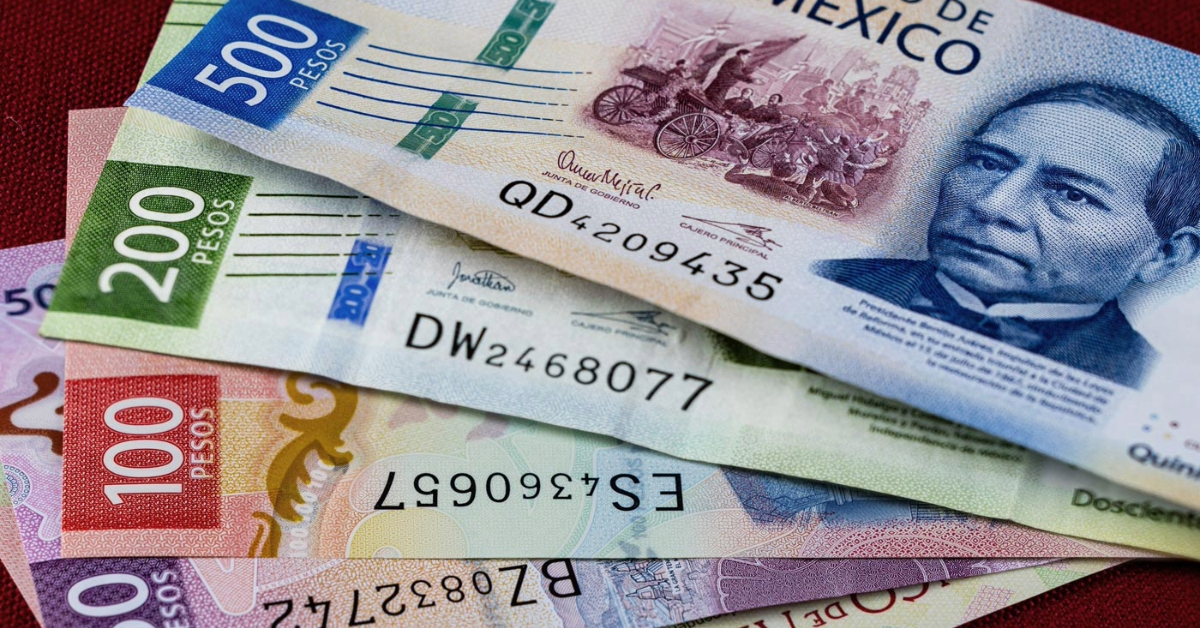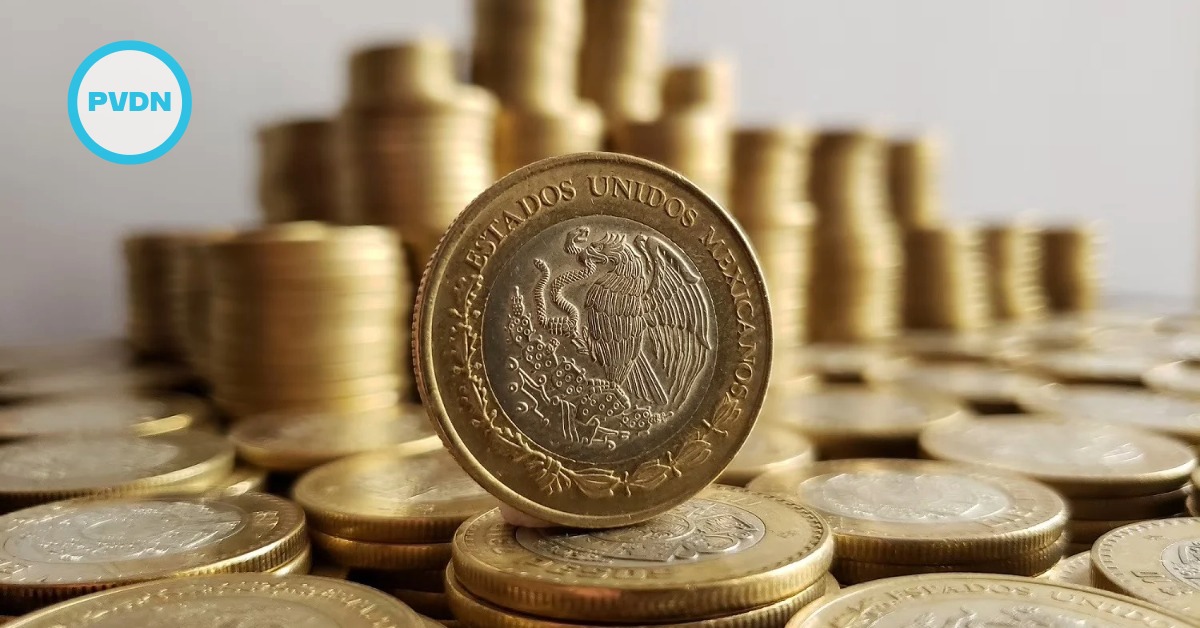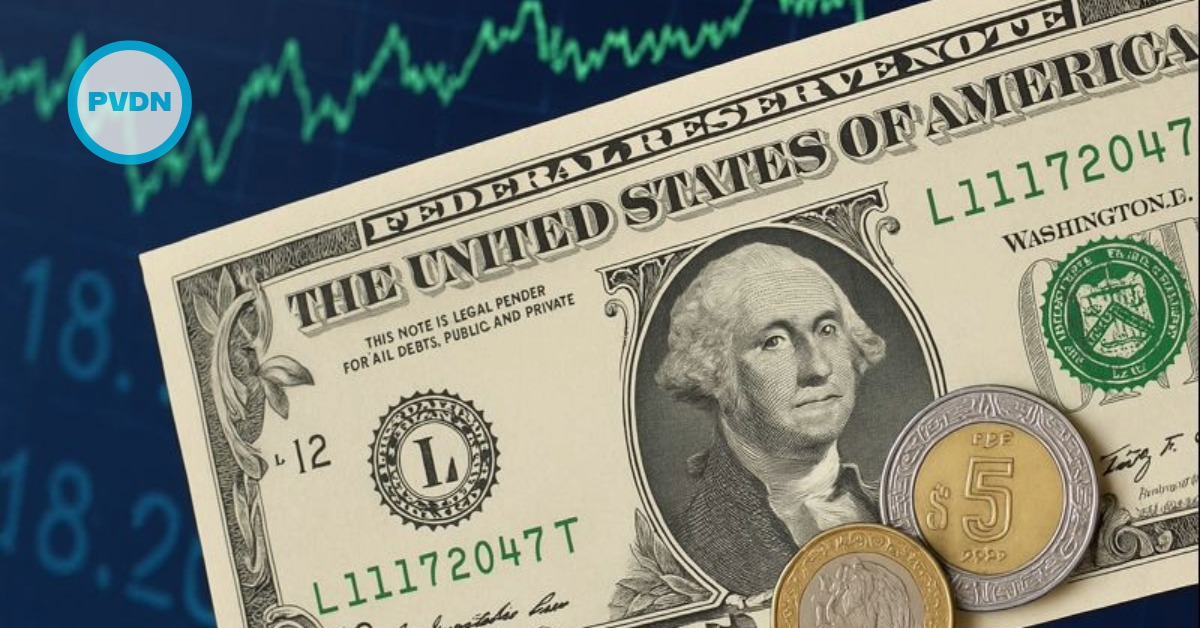Puerto Vallarta, Mexico - In a notable display of market confidence, the Mexican peso appreciated by 0.35 percent against the U.S. dollar on Thursday, closing at 19.5373 pesos per dollar. This advance of 6.77 cents over Wednesday’s settlement of 19.6050 pesos reflects growing optimism among currency traders following the announcement of a “grand trade deal” between the United States and the United Kingdom. Market participants viewed the Anglo-American pact as a positive signal for ongoing tariff negotiations with China, prompting fresh inflows into emerging-market currencies, including the peso.
Market . . .






